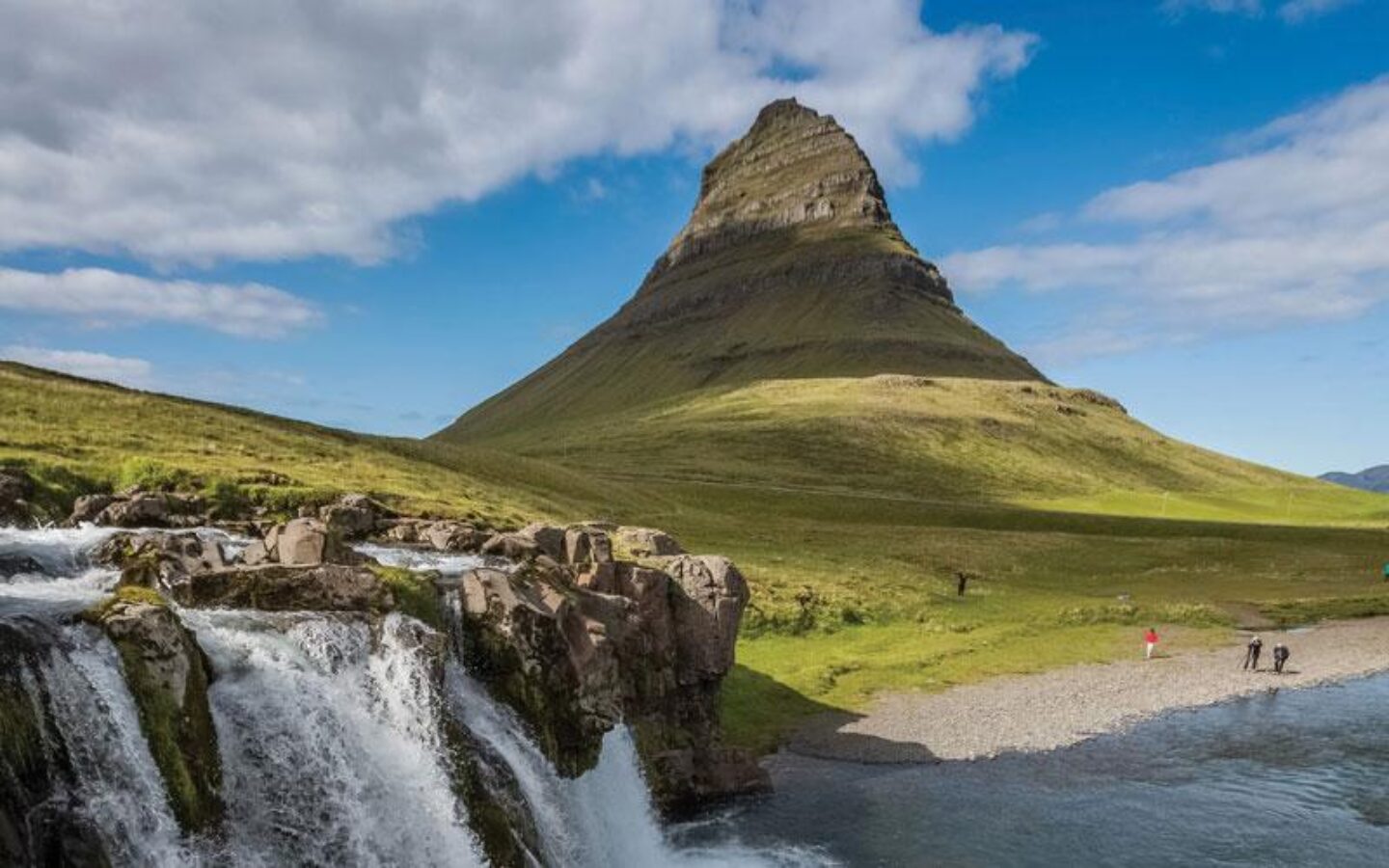
Jo Greenwood and John Williams report back on their self-drive holiday in Iceland in May 2010.
Planning and departure
Iceland had always held a fascination for us and, following a chance discussion over dinner, we realised that the current economic climate had created an unexpected benefit for travellers, in that this historically expensive place had become much more affordable. Not knowing very much about the country, the range of self-drive holidays offered by Discover the World allowed us the flexibility usually associated with independent travel, combined with the benefits of local knowledge and experience. From the first enquiry through the customisation of our itinerary to booking and after-sales service, we found the staff quick to respond, helpful and professional.
Our “Journey to the Centre of the Earth” was to take us along the South coast, around the Golden Circle, to the Snæfellsnes peninsula with the final afternoon relaxing at the Blue Lagoon. The itinerary was chosen to cover a range of scenery and attractions in just over a week, with an emphasis on some of the amazing geological phenomena for which Iceland is so famous – of critical importance to a lapsed geologist.
“It seems that in Iceland, something amazing is waiting around every corner”
The day after we made the final payment on the holiday we were thrilled to hear of the small “tourist” eruption at Fimmvörðuháls and eagerly kept up to date with the beautiful pictures, hoping against hope that we might be able to see the aftermath of the eruption during our visit. Just under a month later, amidst much more press coverage, Eyjafjallajökull erupted and caused disruption to air traffic in Europe.
By the time we were due to leave the eruption had settled down somewhat, and both the ash forecasting and knowledge of safe concentrations for aircraft engines had improved. Last minute e-mails to Discover the World elicited useful information on driving in the event of ash fall; confirmation that our holiday would be able to proceed as planned and the chance to add a flight over the eruption area to our itinerary. After all of the commotion in the press, our journey to Iceland was smooth and uneventful – apart from the excitement of the Captain pointing out the ash plume visible as we approached Keflavik airport. On landing we found the minibus driver waiting for us and a quick journey to our hotel in Reykjavik ensued. The following morning our hire car was brought to the hotel right on time and we were off.
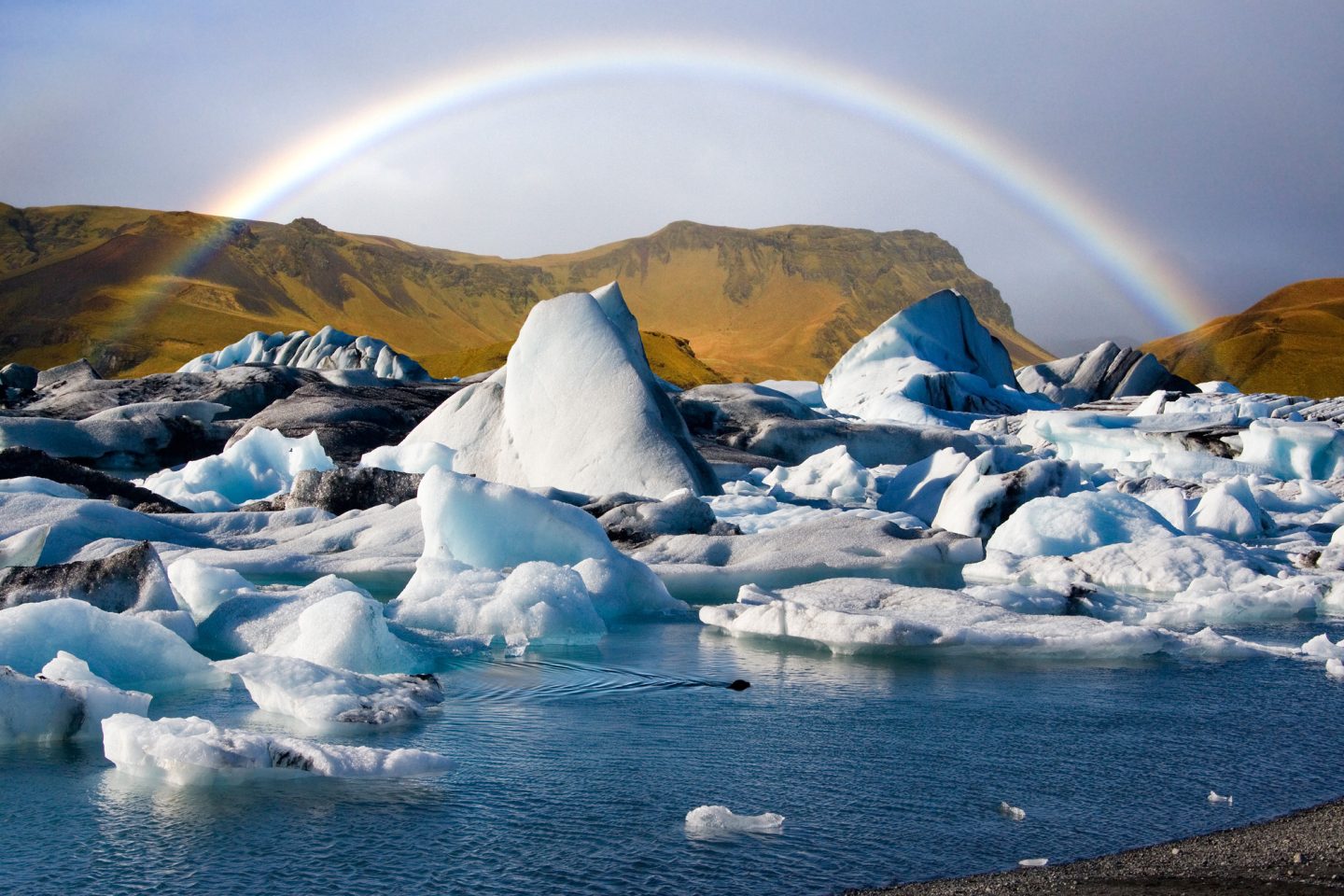
Exploring the south coast
The drive along the South coast to Kirkjubæjarklaustur was made even more fascinating by the recent eruption. Ash fall was apparent at both Seljalandsfoss and Skógafoss with new, bright green vegetation making its way through the black coating: a rare opportunity to see the land recovering from the effects of the forces of nature. Otherwise there was little evidence locally of the disruption that had been so widely reported in the news. Short stretches of gravel road were still visible where breaches had been made in the ring road to avoid bridges being destroyed by glacial flooding, but these were already well on the way to being fully repaired. The roads and surroundings had been swept clean of ash and life appeared to be carrying on as normal.
Beyond Kirkjubæjarklaustur there were no further signs of the recent eruption. Visits to Jökulsárlón and Skaftafell National Park revealed yet another side to Iceland. A fascinating boat trip on the icy lagoon was followed by a walk in the sunshine to Svartifoss with glaciers visible all around. This was certainly one of the days that confirmed the necessity of having lots of layers of clothing available to deal with the rapidly changing temperatures.
Driving back to the west we took advantage of our independent travel to take a detour from Hvolsvöllur through Fljótshlíð to get closer to the base of Eyjafjallajökull. The gravel road was in good condition, allowing us to get all the way to the end of the open road in our small two wheel drive vehicle. Although an ash haze obscured the summit we were able to appreciate the scale of the floods that had ripped down the valley in the early days of the eruption and marvel at the altered landscape: standing on ash that was less than a month old.
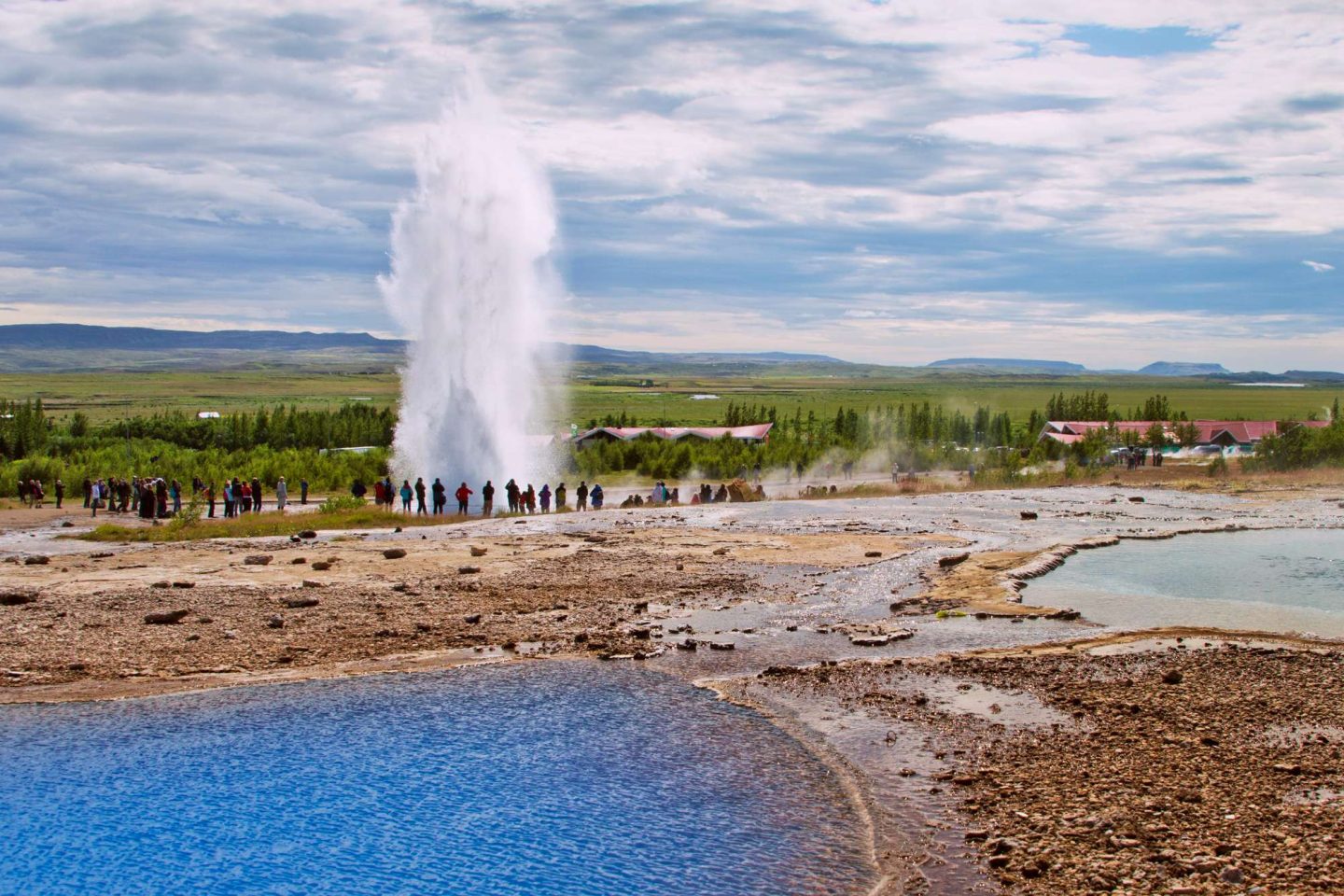
Golden Circle
Next stop was Flúðir, our base for a leisurely drive around the renowned “Golden Circle”. As this route involves the favourite tourist stops of Gullfoss, Geysir and Þingvellir we were prepared for crowds, however with a head start on the coaches from Reykjavik and a flexible schedule we had a chance to enjoy the locations in relative solitude. The long daylight hours meant that there was always plenty of time to sightsee, with no risk of being caught out by nightfall.
The highlight of our stay in Iceland was the flight to view the eruption at Eyjafjallajökull. This was originally scheduled for the beginning of our trip, but due to cloudy weather conditions we were offered a choice of a flight over a different area, or postponing it until later in the week. We took the risk of postponing and were rewarded with the clearest day of the week with views stretching as far as Snæfellsjökull, over 100 km from Reykjavik. Seeing the landscape from the air lent a whole new perspective to the geological history of the area with the scale of the rift at Þingvellir becoming clearly visible.
The pilot circled over Geysir until Strokkur obliged us with a particularly impressive eruption and also gave us spectacular view of Gullfoss, Háifoss and Landmannalaugar before having to rise to 6,000 feet to avoid the bank of ash still hanging behind the volcano. As we drew closer the landscape became increasingly surreal, with the once colourful valleys transformed into a monochromatic scene with ash blanketing the snow and forming hazy clouds amongst the peaks. Once beyond this, the crater of Eyjafjallajökull was revealed. White steam rose from the gaping void left by the violent eruptions of the past month and the contrast with the bright blue skies, glimpses of white glacier and black ash and lava was breathtaking. A sight never to be forgotten.
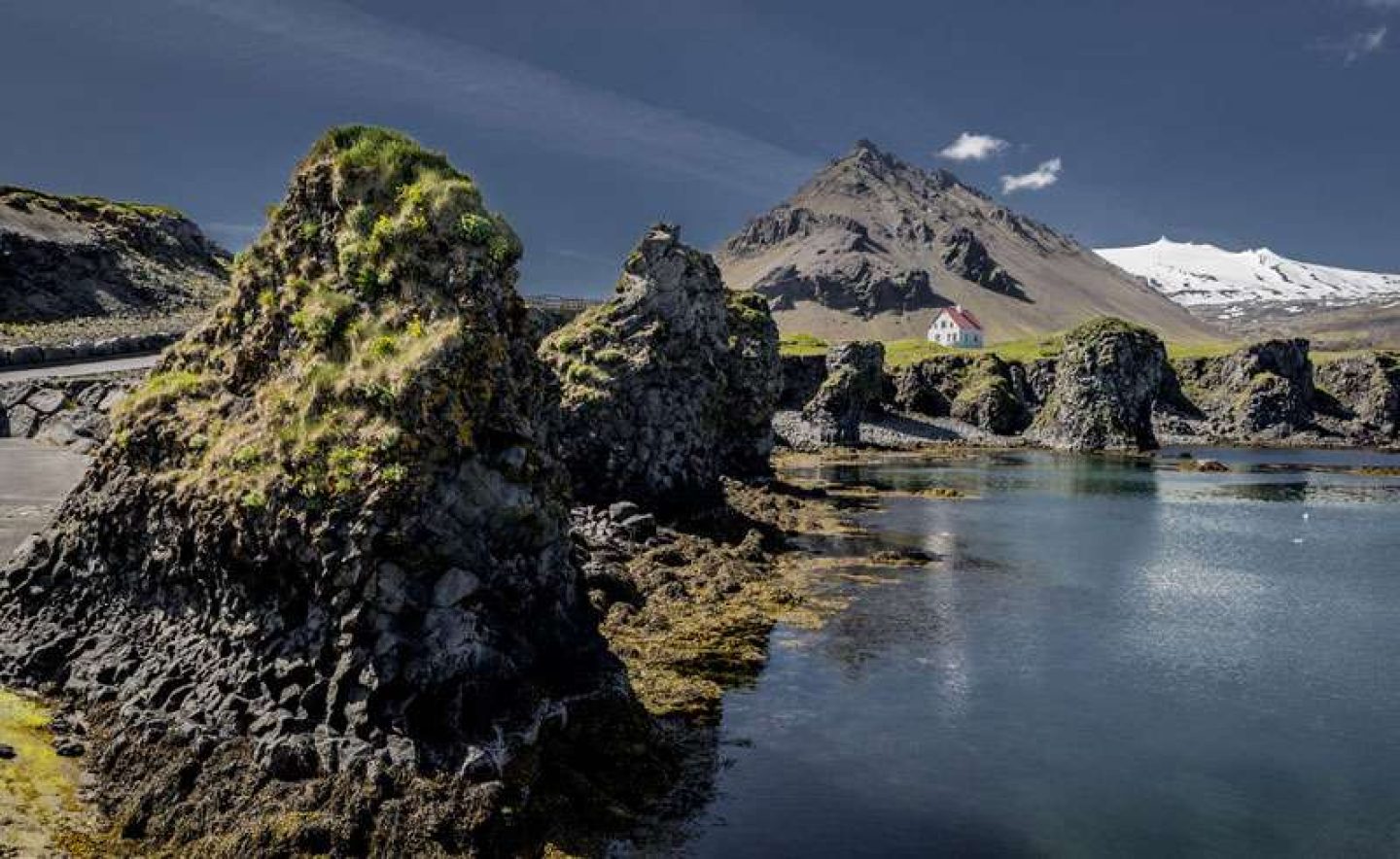
The spectacular centre of the earth…
Could anything follow this? It seems that in Iceland something amazing is waiting around every corner and our last few days on the Snæfellsnes peninsula were characterised by brilliant sunshine, cloudless skies, views of the “elusive” Snæfellsjökull from every conceivable angle and the chance to relax watching a wide variety of sea birds.
All in all the week went far too quickly. Even our high expectations were exceeded at every turn. The weather was stunning, leaving us wishing that we had packed more T-shirts and sun cream; the cost of eating out was similar to that in the UK and fuel was even cheaper. The whole holiday ran smoothly, after all, Icelanders are used to volcanic eruptions and although there may be inconveniences along the way, repairs and clean ups are swiftly effected making it possible to experience the unforgettable and watch new land being created amongst some of the most spectacular scenery on Earth.
Jo Greenwood and John Williams
Journey to the Centre of the Earth, Iceland, May 2010
Our Journey to the Centre of the Earth in Iceland
Feeling inspired?
Find out more about our self drive holidays to Iceland or contact our Travel Specialists to discuss your plans and to ask for a tailor-made quote.

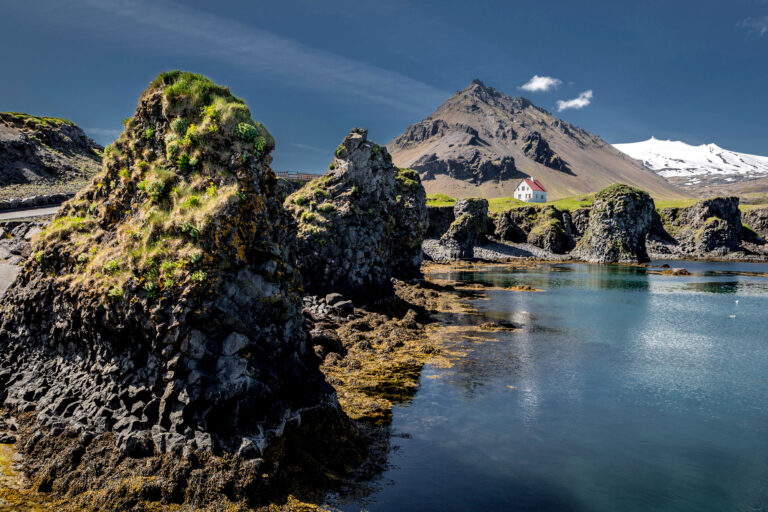
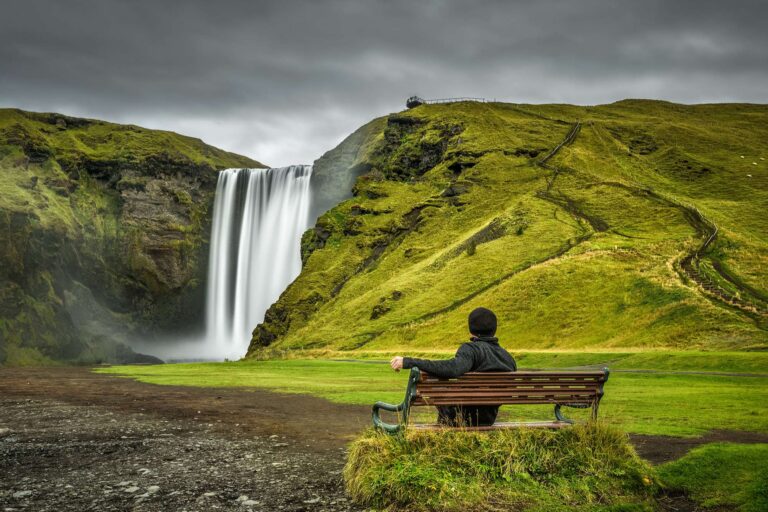
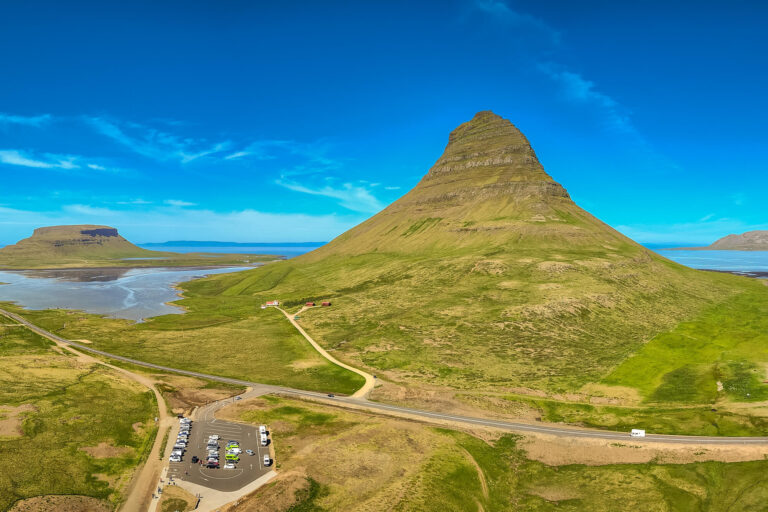
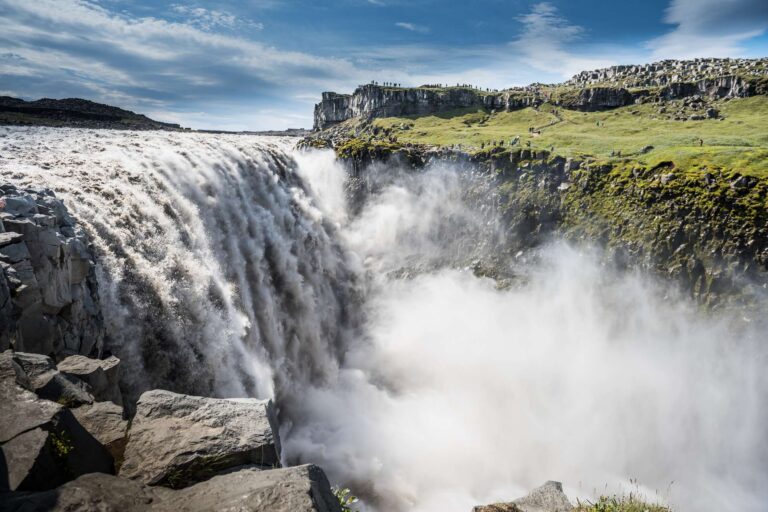

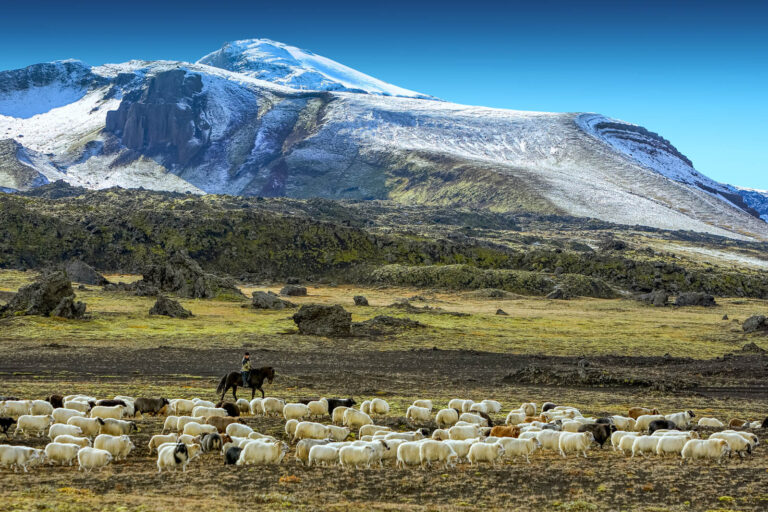
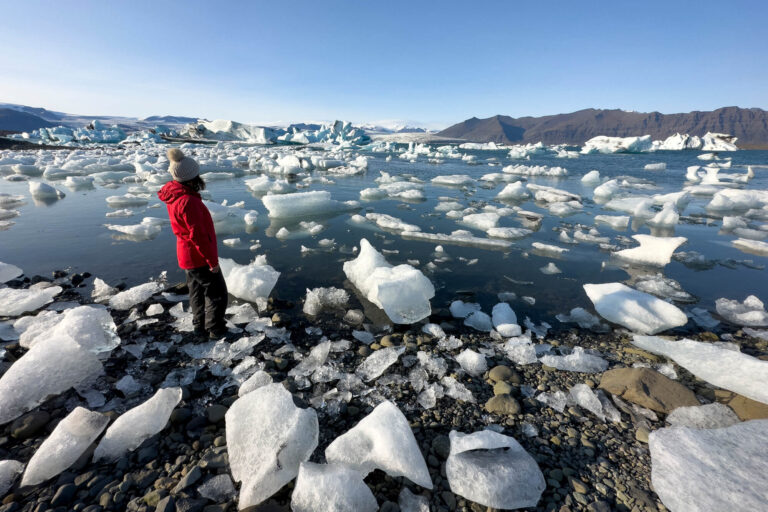


 Instagram
Instagram
 Facebook
Facebook
 YouTube
YouTube